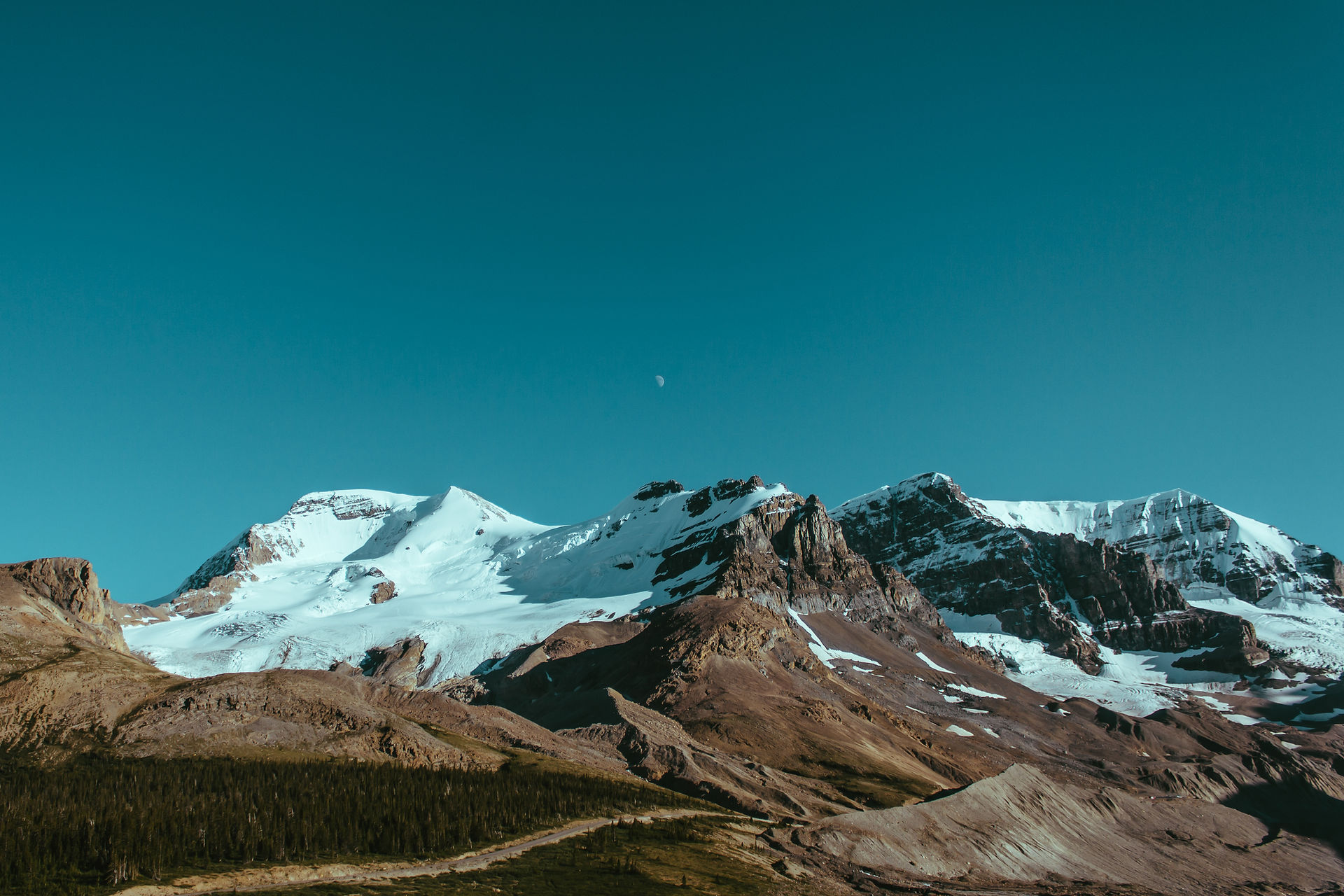
ABOUT ME
So here's me in a nutshell... okay wait, that sounds quite uncomfortable, let met rephrase... here is a short summary of me and my interests: I am a hard working individual with a love for plants and nature, but also just science in general. Specifically, I am fascinated by the natural world and the diversity of plants (and animals) that are in it, and there are few things that are more exciting for me than being outdoors and discovering new plants and places. This all started at the end of my undergraduate training when I had to make a big and difficult decision: chemistry or botany. Even though I had a passion for chemistry (and still do), the tiny glimpse of the mysterious world of plants I got in my undergraduate years was enough to entice me to start down this fascinating journey, and I have never looked back since.

I have dabbled in many aspects of the plant world, from the physiology of developing seedlings under hypoxic conditions, to full on risk assessment of emergent invasive plant species (including bioclimatic modelling, herbicide trials, population dynamics etc). Thus, it is self-evident then that I am open to collaborate on almost anything that has something to do with plants. Currently, I find myself working intensively on the mutualistic microbial associations between the nitrogen-fixing bacteria called rhizobia, and their host legume species. An occurring theme throughout much of my research however, has been invasive alien plant species, that is: species that have been introduced to areas outside of their natural environment and that have subsequently gone on to establish and spread in these areas (thereby competing with native species and altering the systems that they invade). Together with my research on associations between legumes and rhizobia, I also study how invasive legumes alter whole soil microbial communities and associated conditions, with the ultimate aim of elucidating key factors driving change in these system. Hopefully, such findings might in future be used to aid in restoring areas that have been cleared of invasive plant species, so that the natural beauty of such landscapes might once again return.
When I am not analyzing data on my laptop, exercising my pipetting thumb in the lab, or conducting field work and smelling of sunscreen, you can find me taking pictures of nature, specifically beautiful plant species (do go ahead and enjoy the photos in my gallery that I uploaded for all to see!). Also, I cannot help but collect seeds from wherever I go to try and grow them back home; there are few things as satisfying as seeing seedlings emerge from bare soil and growing up to bear the most magnificent of flowers. Apart from my nature-lover/scientist/researcher side, I am also an avid guitarist in my spare time with a passion for music, especially rock and blues. I love meeting new people and am always interested in deliberating on and pondering about difficult topics and deep questions, obviously injected with a healthy dose of fun, sarcasm, and humour! I hope you have gotten some insights on me as to who I am, what I love, and why I do what I do. If I could sum myself up in only three words, it would be: vibrant, analytical, and approachable.
Thanks for stopping by! :-)
EDUCATION
RESEARCH INTERESTS
Invasive Alien Plant Species
Distribution, Impacts, and control.
2009 - 2012
University of the Free State (South Africa)
BSc Chemistry with Physics & Biology
Mutualistic Interactions and Networks
Specific focus on the association between nitrogen-fixing rhizobial bacteria and their legume hosts.
Whole Soil Microbiomes
Induced differences in microbial communities as a result of plant invasions.
2013 - 2014
University of the Free State (South Africa)
MSc Dissertation titled: "An assessment of the invasion potential of selected Berberis species (Berberidaceae) in South Africa"
2015 - 2019
Stellenbosch University (South Africa)
PhD Thesis titled: "Understanding the biodiversity impacts of invasive legumes: Investigating changes in belowground mutualistic networks, soil conditions, and soil function in response to invasions"